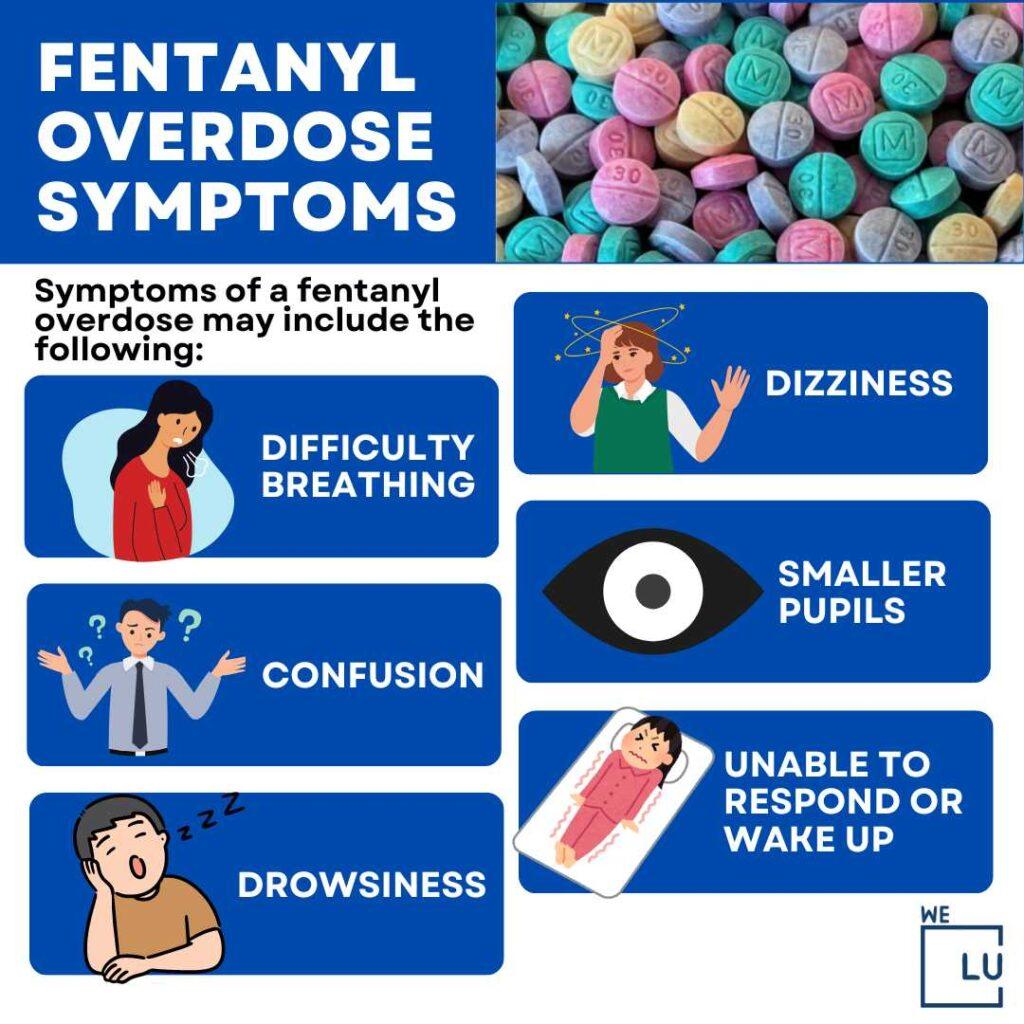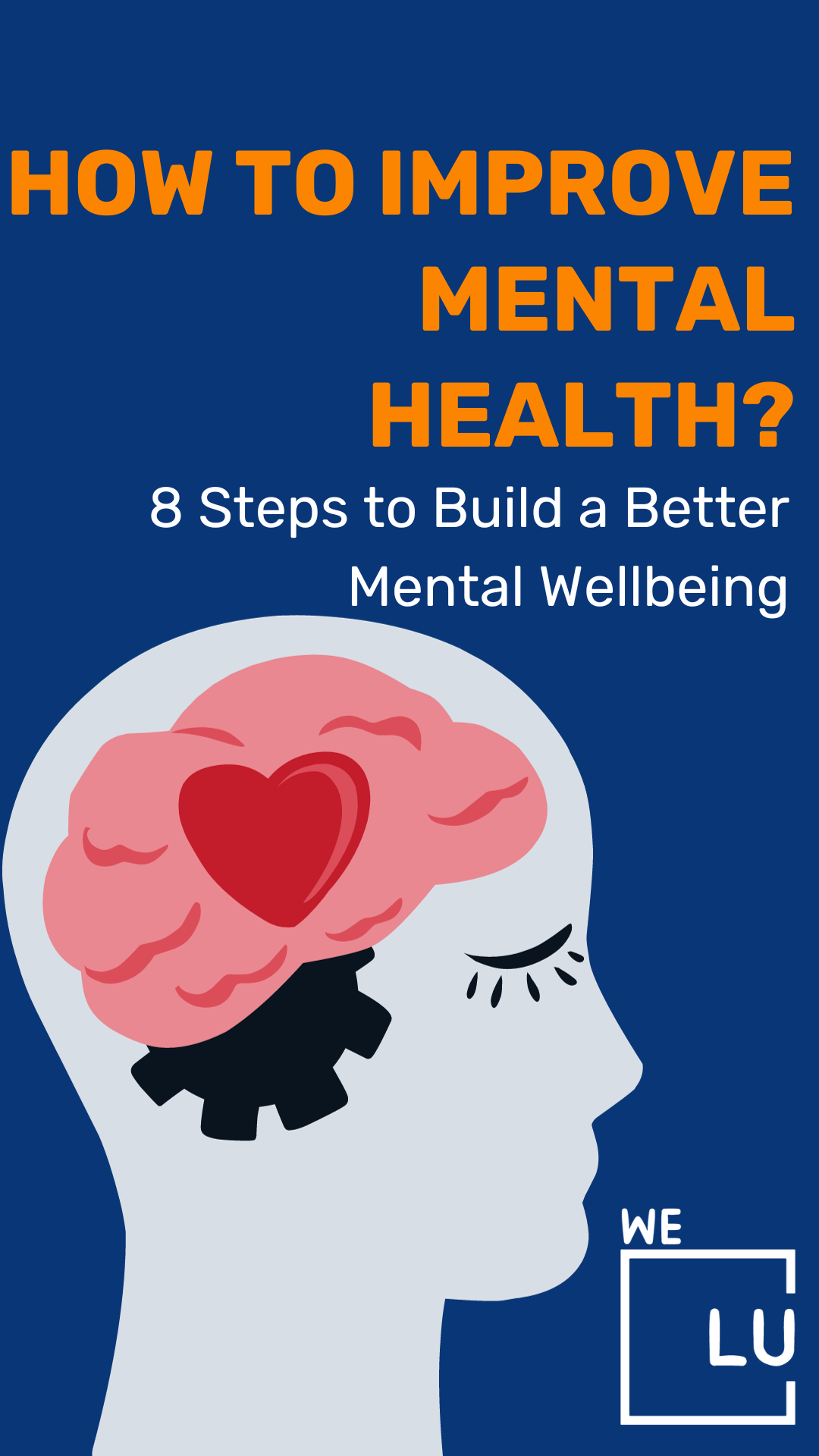Dilaudid Vs Fentanyl Strength
In pain management, Dilaudid and Fentanyl have established themselves as prominent players, each possessing remarkable analgesic capabilities. Effective pain relief remains a priority as medical science progresses, especially in contexts such as postoperative recovery, chronic pain, and palliative care.
The comparison of these two opioids – Dilaudid (hydromorphone) and Fentanyl – often sparks discussions and debates within the medical community and among patients. In this article, we unravel the intricate tapestry of their strengths, exploring the nuances that make them unique in their effectiveness and potential applications.
Understanding the Metrics of Strength
When discussing the potency or strength of opioids, it’s crucial to consider several factors that influence their effectiveness. Primarily, the strength of an opioid is often evaluated by its affinity for binding to the body’s opioid receptors, which mediate pain relief and euphoria. This binding affinity, coupled with the opioid’s pharmacokinetic properties, determines the overall analgesic potency.
To better comprehend the relative strengths of Dilaudid and Fentanyl, it’s essential to explore these opioids’ binding affinities and receptor activities. While both medications target the mu-opioid receptor, they interact with varying degrees of intensity. The molecular structure of each opioid contributes to its specific binding mechanism and resultant potency.
Is Fentanyl Stronger Than Dilaudid?
The comparison of Dilaudid and Fentanyl in strength is not as straightforward as a mere numerical measurement. Various factors influence their potency, including dosage, formulation, and administration route. To offer a comprehensive view, let’s compare their potency, dosages, and typical clinical uses.
| Opioid | Potency (Compared to Morphine) | Dosage Range | Typical Uses |
|---|---|---|---|
| Dilaudid | 5 to 7 times stronger | 2-4 mg every 4-6 hours | Postoperative pain, chronic pain |
| Fentanyl | 50 to 100 times stronger | Micrograms, patches, lozenges | Severe pain, palliative care |
Dilaudid:
Dilaudid, or hydromorphone, stands out for its potency relative to morphine. With a binding affinity for the mu-opioid receptor approximately 5 to 7 times greater than that of morphine, Dilaudid offers potent pain relief. Its dosage range typically varies from 2 to 4 mg every 4 to 6 hours. This opioid is often favored for postoperative pain management and chronic pain where other treatments may have proven ineffective.
Fentanyl:
Fentanyl, on the other hand, takes the concept of potency to a whole new level. With a binding affinity that’s approximately 50 to 100 times greater than that of morphine, Fentanyl is renowned for its intense analgesic effects. It’s commonly administered in microgram dosages, often via transdermal patches or lozenges. Fentanyl’s strength is so pronounced that it finds its place predominantly in managing severe pain, particularly in palliative care and situations where other opioids may fall short.
The comparison of Dilaudid and Fentanyl’s strengths brings to light the intricate interplay between opioid pharmacology and the art of pain management. While Dilaudid offers a potent alternative to traditional opioids like morphine, Fentanyl is a powerhouse in pain relief due to its unparalleled strength. However, with strength comes responsibility, and the potential for misuse and adverse effects requires a cautious and informed approach when considering their use.
In the dynamic world of pain management and rehabilitation, understanding the nuances of opioid potency remains pivotal. As medical professionals navigate the delicate balance between pain relief and patient safety, the thorough examination of opioids like Dilaudid and Fentanyl serves as a reminder of the ever-evolving landscape in which healthcare operates.

Skip To:
Learn More:
- How Does Fentanyl Make You Feel, Does Fentanyl Get You High & How Long Does Fentanyl High Last?
- What is the Fentanyl Half Life & How Long Does Fentanyl Last?
- How Long Does Fentanyl Stay In Urine? Fentanyl Urine Testing
- Why Is Fentanyl So Dangerous? Dangers Of Fentanyl & How Much Fentanyl Is Dangerous?
- How Is Fentanyl Made? Fentanyl Facts
- How Long Does Fentanyl Stay In Your System, Urine, Blood, Salvia & Hair? Fentanyl Drug Test Duration Chart.
- What Does Fentanyl Do To You? Abuse, Side Effects & Treatment
- What is Fentanyl? Rainbow Fentanyl Symptoms, Uses, Side Effects, Overdose & Detox Withdrawal Timeline
- What Does Fentanyl Look Like? Rainbow Fentanyl, Colored Candy Fentanyl, Skittles Fentanyl Images, Facts, Warnings, & FAQs
- Carfentanil Drug
Get Help. Get Better. Get Your Life Back.
Searching for Accredited Drug and Alcohol Rehab Centers Near You?
Even if you have failed previously and relapsed, or are in the middle of a difficult crisis, we stand ready to support you. Our trusted behavioral health specialists will not give up on you. When you feel ready or just want someone to speak to about therapy alternatives to change your life call us. Even if we cannot assist you, we will lead you to wherever you can get support. There is no obligation. Call our hotline today.
(844) 597-1011Popular Dilaudid Vs Fentanyl FAQs
-
Can You Take Fentanyl And Dilaudid Together?
Combining Fentanyl and Dilaudid (hydromorphone) is generally not recommended without close medical supervision and a specific prescription from a qualified healthcare professional. Fentanyl and Dilaudid are potent opioids that can lead to significant respiratory depression, sedation, and other adverse effects when taken together or in excessive doses.
-
What’s The Difference Between Dilaudid Vs Fentanyl Patch?
Dilaudid and Fentanyl patches are potent opioid medications used for pain management but differ in several key aspects. Dilaudid, or hydromorphone, is available in various forms, such as tablets and injectable solutions. It’s often prescribed for postoperative, severe, acute, and chronic pain conditions, with dosages measured in milligrams. On the other hand, Fentanyl patches are transdermal delivery systems that provide controlled and extended pain relief.
Fentanyl is highly potent, making it suitable for cancer-related pain and palliative care. Dosages for Fentanyl patches are typically measured in micrograms, offering long-lasting relief over a specific duration. The choice between Dilaudid and Fentanyl patches depends on the patient’s pain intensity, duration, and response to opioids.
-
Which Is More Dangerous, Dilaudid Or Fentanyl?
Fentanyl is generally considered more dangerous than Dilaudid due to its significantly higher potency, which increases the risk of overdose and respiratory depression.
Fentanyl Factsheet
Fentanyl Overview
Fentanyl is a synthetic opioid used to treat moderate to severe pain, especially in cancer patients or after surgery. It is 50 to 100 times more potent than morphine and can cause respiratory depression, addiction, and overdose. It can be prescribed in different forms, such as injection, nasal spray, patch, tablet, spray, or lozenge. It can also be illegally made and mixed with other drugs, such as heroin or cocaine.
Fentanyl Abuse Methods
- Intravenous Injection: Some individuals abuse fentanyl by injecting it directly into their veins. This method produces rapid and intense effects as the drug quickly enters the bloodstream.
- Transdermal Patches: Abusing fentanyl patches involves extracting the gel from the patch and either consuming it orally or injecting it. This method is dangerous due to the high concentration of fentanyl in the gel.
- Oral Consumption: Fentanyl pills or lozenges can be swallowed, although this method is less common due to the drug’s potency.
- Smoking: While possible, smoking fentanyl is a highly hazardous practice. The drug is heated on foil, and the resulting vapor is inhaled. Due to fentanyl’s potency, even a slight miscalculation in dosage can lead to overdose and death. This method is strongly discouraged.
- Snorting: Some individuals crush fentanyl pills or powder and snort it. Like other methods of abuse, this is risky due to the drug’s potency, potentially causing rapid and intense effects that increase the risk of overdose.
Fentanyl Addiction Treatments
Treating fentanyl addiction requires a comprehensive approach that addresses both the physical dependence on the drug and the psychological aspects of addiction. Here are some common fentanyl addiction treatments:
- Medical Detoxification: The first step in treating fentanyl addiction is often medical detox. This involves gradually reducing the fentanyl dosage under medical supervision to manage withdrawal symptoms safely. Medications may be used to alleviate discomfort and reduce cravings.
- Medication-Assisted Treatment (MAT): MAT involves using medications to help manage cravings and reduce the risk of relapse. Buprenorphine and methadone are commonly used medications for opioid addiction, including fentanyl. Naloxone is also used to reverse opioid overdoses.
- Behavioral Therapies: Various behavioral therapies effectively treat fentanyl addiction. Cognitive Behavioral Therapy (CBT) helps individuals recognize and change negative thought patterns and behaviors. Contingency management provides rewards for staying drug-free, reinforcing positive behavior.
- Counseling and Support Groups: Individual and group therapy provides a supportive environment to explore the underlying reasons for addiction and develop coping strategies. Support groups like Narcotics Anonymous can be valuable for ongoing recovery.
Fentanyl Abuse Statistics
Fentanyl abuse statistics show that fentanyl is a highly potent synthetic opioid significantly contributing to the opioid epidemic in the United States. In 2020, there were over 93,000 drug overdose deaths in the US, with fentanyl involved in over 60%. Fentanyl abuse has also increased in other countries, including Canada and the United Kingdom.
73%
Synthetic opioids, including fentanyl, were involved in almost 73% of all opioid-related overdose deaths in 2019.
Source: CDC
1.6 million
Approximately 1.6 million people aged 12 or older misused prescription pain relievers like fentanyl for the first time in 2020.
Source: The National Survey on Drug Use and Health
57%
Fentanyl seizures by law enforcement in the US increased by 57% from 2019 to 2020, with nearly 17,000 pounds of fentanyl seized in 2020.
Source: DEA

Get Your Life Back
Find Hope & Recovery. Get Safe Comfortable Detox, Addiction Rehab & Dual Diagnosis High-Quality Care.
Hotline(844) 597-1011
Fentanyl To Dilaudid Conversion
Converting from Fentanyl to Dilaudid (hydromorphone) involves using equianalgesic ratios to estimate the equivalent dose of Dilaudid that would provide similar pain relief as the patient’s current Fentanyl dose. However, it’s important to note that these conversion ratios can vary based on factors such as the patient’s response to opioids, pain level, and other clinical considerations.
Healthcare professionals use their clinical judgment and expertise to determine each patient’s most appropriate conversion ratio. Equianalgesic ratios can be a helpful guideline, but they should be interpreted cautiously, and a qualified medical provider should supervise conversions.
Here are some general equianalgesic conversion ratios for Fentanyl to Dilaudid:
- Intravenous (IV) Fentanyl to IV Dilaudid:
- 1 mcg/hour IV Fentanyl ≈ 0.1 mg/hour IV Dilaudid.
- Transdermal Fentanyl to Oral or IV Dilaudid:
- 25 mcg/hour Transdermal Fentanyl ≈ 4 mg/day Oral or IV Dilaudid.
- 50 mcg/hour Transdermal Fentanyl ≈ 8 mg/day Oral or IV Dilaudid.
- 75 mcg/hour Transdermal Fentanyl ≈ 12 mg/day Oral or IV Dilaudid.
- 100 mcg/hour Transdermal Fentanyl ≈ 16 mg/day Oral or IV Dilaudid.
These approximate conversion ratios should not be used as a substitute for medical advice. The conversion process should always be guided by a healthcare professional who can consider the patient’s needs, medical history, and response to opioids. The patient’s comfort and safety are paramount when changing their opioid medication regimen.
Suppose you or someone you know is undergoing a conversion from Fentanyl to Dilaudid. In that case, working closely with a healthcare provider to ensure a smooth transition, appropriate pain management, and careful monitoring for any potential side effects or complications is essential.
First-class Facilities & Amenities
World-class High-Quality Addiction & Mental Health Rehabilitation Treatment
Rehab Centers TourRenowned Addiction Centers. Serene Private Facilities. Inpatient rehab programs vary.
Addiction Helpline(844) 597-1011Proven recovery success experience, backed by a Team w/ History of:
15+
Years of Unified Experience
100s
5-Star Reviews Across Our Centers
10K
Recovery Success Stories Across Our Network
- Low Patient to Therapist Ratio
- Onsite Medical Detox Center
- Comprehensive Dual-Diagnosis Treatment
- Complimentary Family & Alumni Programs
- Coaching, Recovery & Personal Development Events
Dilaudid Vs Morphine Vs Fentanyl
When it comes to managing pain, Dilaudid, Morphine, and Fentanyl are potent opioids that each have unique properties and applications. Understanding their differences is crucial for healthcare providers to make informed decisions about pain management strategies.
- Potency:
- Dilaudid (Hydromorphone): Known for its high potency, Dilaudid’s binding affinity for the mu-opioid receptor is about 5 to 7 times greater than that of Morphine.
- Morphine: Morphine is often used as a benchmark opioid in potency comparisons, with other opioids’ strengths measured against it.
- Fentanyl: Fentanyl stands out as one of the most potent opioids, with a binding affinity for the mu-opioid receptor approximately 50 to 100 times greater than that of Morphine.

- Administration:
- Dilaudid: Available in various forms, including tablets, liquid solutions, and injectable formulations for intravenous or intramuscular administration.
- Morphine: Available in immediate-release and extended-release tablets, liquid solutions, and injectable forms. It can be administered orally, intravenously, intramuscularly, or epidurally.
- Fentanyl: Offered as transdermal patches, intravenous infusions, intranasal sprays, and lozenges, catering to various administration needs.
- Clinical Uses:
- Dilaudid: Often chosen for postoperative pain management, severe acute pain, and chronic pain conditions.
- Morphine: Widely used across pain levels, including moderate to severe pain, postoperative care, cancer pain, and palliative care.
- Fentanyl: Primarily used for severe pain situations like cancer-related pain and palliative care due to its remarkable potency.
- Dosage Range:
- Dilaudid: Dosages typically range from 2 to 4 mg every 4 to 6 hours.
- Morphine: Dosages vary based on formulation, from immediate-release tablets (2.5 mg to 30 mg every 4 hours) to extended-release formulations (15 mg to 200 mg twice daily).
- Fentanyl: Dosages are usually in micrograms, administered through patches (12 mcg/hour to 100 mcg/hour) or other routes like lozenges or intravenous infusions.
- Onset and Duration:
- Dilaudid: Offers a quick onset of action lasting 4 to 5 hours.
- Morphine: Immediate-release tablets provide an onset within 30 minutes, lasting 4 to 6 hours. Extended-release formulations offer a longer duration of action.
- Fentanyl: The transdermal patch provides a slow onset over 12 to 24 hours, offering continuous pain relief for up to 72 hours.
World-class, Accredited, 5-Star Reviewed, Effective Addiction & Mental Health Programs. Complete Behavioral Health Inpatient Rehab, Detox plus Co-occuring Disorders Therapy.
CALL(844) 597-1011End the Addiction Pain. End the Emotional Rollercoaster. Get Your Life Back. Start Drug, Alcohol & Dual Diagnosis Mental Health Treatment Now. Get Free No-obligation Guidance by Substance Abuse Specialists Who Understand Addiction & Mental Health Recovery & Know How to Help.
We Level Up Fentanyl & Opioid Addiction Treatments
Welcome to We Level Up Treatment Center, where we are dedicated to providing comprehensive and compassionate care to help individuals overcome opioid addiction and achieve lasting recovery. Our services are designed to address every aspect of addiction treatment and support, ensuring that our clients receive the personalized care they deserve.
- Medical Detoxification: Our supervised medical detox program ensures a safe and comfortable withdrawal process, with 24/7 medical supervision and support to manage withdrawal symptoms.
- Personalized Treatment Plans: We create tailored treatment plans that consider each individual’s unique needs, history, and goals, incorporating evidence-based therapies and holistic approaches.
- Individual and Group Therapy: Our therapy sessions, both one-on-one and in group settings, provide a supportive environment for exploring the underlying causes of addiction, developing coping strategies, and fostering a sense of community.
- Medication-Assisted Treatment (MAT): For those who may benefit, we offer programs combining FDA-approved medications with therapy to manage cravings and withdrawal symptoms effectively.
- Dual Diagnosis Treatment: Our integrated approach addresses co-occurring mental health disorders, ensuring that addiction and underlying issues are treated simultaneously for lasting recovery.
- Holistic Therapies: We believe in treating the mind, body, and spirit. Our holistic therapies, such as yoga, meditation, art therapy, and mindfulness practices, promote overall well-being and stress reduction.
- Family Support: Addiction affects the individual and their loved ones. We provide family therapy and support programs to heal and rebuild relationships.
- Aftercare Planning: Our commitment to recovery goes beyond treatment. We work with clients to create comprehensive aftercare plans, connecting them with resources and support networks for a successful transition back to daily life.
- Relapse Prevention: Equipping our clients with the tools to maintain sobriety is paramount. Our relapse prevention strategies and education empower individuals to manage triggers and maintain progress.
- Continuing Care: We offer ongoing support through alumni programs, support groups, and access to resources, ensuring the journey toward recovery remains a lifelong commitment.
At We Level Up Treatment Center, we understand the complexities of opioid addiction and are dedicated to guiding you toward a brighter future. With a compassionate team, evidence-based approaches, and a holistic perspective, we stand by your side every step of the way. Your journey to recovery starts here.
Experience Transformative Recovery at We Level Up Treatment Centers.
See our authentic success stories. Get inspired. Get the help you deserve.
Start a New Life
Begin with a free call to an addiction & behavioral health treatment advisor. Learn more about our dual-diagnosis programs. The We Level Up Treatment Center Network delivers recovery programs that vary by each treatment facility. Call to learn more.
- Personalized Care
- Caring Accountable Staff
- World-class Amenities
- Licensed & Accredited
- Renowned w/ 100s 5-Star Reviews
We’ll Call You
Watch The Drug Addiction Informative Video
Video Script
Joey’s Opiates, Drugs, and Alcohol Addiction Recovery Story
The narrative of Joey serves as a poignant and sobering testament to the unrelenting grip of addiction. His path has been marred by formidable hurdles, the weight of which he has courageously shouldered in his pursuit of healing and transformation following the heart-wrenching loss of his son. However, Joey’s journey toward sobriety emerges as a beacon of hope and resilience amidst the shadows.
Search We Level Up Dilaudid Vs Fentanyl Resources
Sources
- National Institute on Drug Abuse (NIDA) – Fentanyl Drug Facts: https://www.drugabuse.gov/publications/drugfacts/fentanyl
- Centers for Disease Control and Prevention (CDC) – Fentanyl Facts: https://www.cdc.gov/stopoverdose/fentanyl/index.html
- Drug Enforcement Administration (DEA) – Fentanyl: https://www.dea.gov/factsheets/fentanyl
- Substance Abuse and Mental Health Services Administration (SAMHSA) – Fentanyl: https://www.samhsa.gov/medication-assisted-treatment/medications-counseling-related-conditions/fentanyl
- National Library of Medicine (NLM) – Fentanyl: https://medlineplus.gov/druginfo/meds/a605043.html
- Food and Drug Administration (FDA) – Fentanyl Transdermal System: https://www.fda.gov/drugs/postmarket-drug-safety-information-patients-and-providers/fentanyl-transdermal-system
- National Institute of Justice (NIJ) – Fentanyl Safety Recommendations for First Responders: https://nij.ojp.gov/topics/articles/fentanyl-safety-recommendations-first-responders
- Office of National Drug Control Policy (ONDCP) – Fentanyl: The Next Wave of the Opioid Crisis: https://obamawhitehouse.archives.gov/blog/2017/03/29/fentanyl-next-wave-opioid-crisis
- National Institute of Standards and Technology (NIST) – NIST Reference Materials for Measuring Opioids, Including Fentanyl: https://www.nist.gov/news-events/news/2019/01/nist-reference-materials-measuring-opioids-including-fentanyl
- National Institutes of Health (NIH) – NIH HEAL Initiative Research Plan to Address the Opioid Crisis, Including Fentanyl: https://heal.nih.gov/research/research-plan





